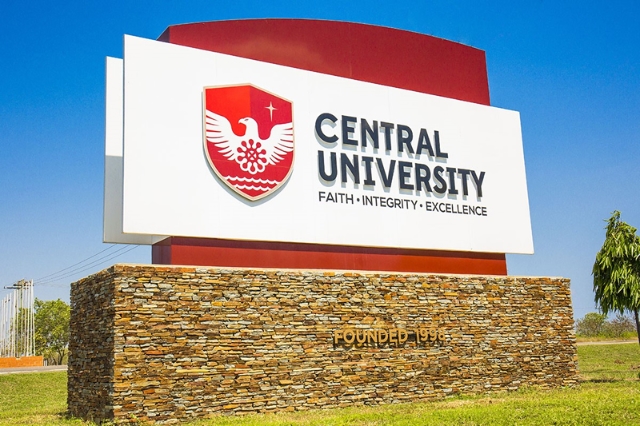The 2019 Banking Sector League Report has been launched by the Central University Unit for Financial Studies (CUUFIS), a not-for-profit research center conducting independent, scientific and practitioner-oriented research on issues that are important to stakeholders in the financial services industry and critical to the development of the financial market in Ghana and beyond.
The 2019 Edition which was themed “A Recapitalized Banking Sector – A New Breeze for Value Creation” is the second edition for CUUFIS following the successful maiden report published in 2018. The report covered the general performance of banks in Ghana and also addressed pertinent issues that are of concern to stakeholders in the industry.
The reports advocates a building of financial literacy through the use of NGOs and informal education platforms through development programs such as microfinance, microcredit, vocational education.
”The bank recapitalization has resulted in a strategic positioning of banks to compete. In order to increase their deal-making capacity to transact bigger volumes of business, banks are developing innovative products and services to serve their target market segments. One of the main advantages of the recapitalization programme is that it has resulted in greater economic efficiency in the form of lowering operational cost and boosting productivity of Banks.
”Perhaps the greatest benefit associated with the recapitalization programme lies in banks having the ability to leverage on opportunities to provide support to new market segments and businesses within the economy as more loanable funds become available. Small and Medium Scale Enterprises (SMEs) could be supported by banks to play important role in the transformation of the Ghanaian economy.” part of the report reads.
The report also underscores money as the denominator of all economic activities and as such a decent level of literacy will only go to aid individuals in understanding how to use and manage their resources efficiently.
”The key indicators for measuring the financial soundness of the banking sector include liquidity, capital adequacy ratio and asset quality. What does all these mean to the banking sector? In the first place, an increase in capital adequacy will help banks to absorb a reasonable amount of loss and achieve regulatory compliance with the Bank of Ghana’s capital requirements. The banking industry’s capital adequacy ratio was 21.9% in December 2018 as a result of the recapitalization programme. This was against the capital adequacy ratio of 18.5% recorded in December 2017. A good capital adequacy ratio will make banks stronger to withstand internal and external shocks.
”One other indicator which has seen improvement in the banking sector since the implementation of the bank recapitalization programme is liquidity. The banking sector remains liquid and this has bolstered customer confidence. Also, more liquidity implies that banks have sufficient funds to pay depositors when their investments mature. As a result of the excess liquidity banks currently have , they are able to attract more deposits. The industry’s liquidity position improved to 28.4% in December 2018 mainly as a result of the recapitalization programme. This guarantees confidence that banks can create new loans without having to call on the existing ones.” it further identified.
About Central University
From humble beginnings as a small Bible School, Central University has grown in scope over the years, transforming into an establishment through which over 30,000 students in diverse fields of Business, Science, Social Sciences, Theology and Engineering have been trained over its twenty-year existence.
Considering the challenges of building a reputable institution, the university has contributed to the increase in the country’s Human Development Index.
The university is built on a foundation firmly grounded on solid principles: Faith, Integrity and Excellence.
These values have guided the university’s approach to learning and in the larger context, have had a positive influence on the country as a whole.
The seed of the university was first sown in the suburb of Mataheko, close to the bustling hub of activity that is Kaneshie. Twenty years on, the university provides quality education in different locations: Kumasi, Mataheko and Miotso, its main campus.


Comments are closed.